Admin
Users & Call Controls
- Creating Extensions for Users
- Editing and Managing Extensions
- Creating Teams & Assigning Extensions
- Configuring Agent Status & BLF
- Managing Extension Schedules
- Managing User Roles
- Managing Call Controls
- Setting up Shared Parking
- Voicemails
- The BLF Function
- Configuring the Speed Dial
- Configuring the Busy Lamp Field (BLF)
Deployment Methods & System Requirements
Installation Guides
WhatsApp Integration
Introduction
This guide walks you through setting up the integration between RingQ and WhatsApp, allowing your team to send and receive WhatsApp messages directly from the RingQ interface. By linking your WhatsApp Business account, you can streamline customer communication, manage conversations more efficiently, and keep all interactions in one place.
Set Up a Webhook for WhatsApp on Facebook
1. Open your browser and go to the Facebook Developer Apps Dashboard.
2. Log in to your account if necessary.
3. From the dashboard, select the app you want to configure for WhatsApp webhooks.
4. In the app’s dashboard, locate the Sidebar on the left.
5. Click on Add Product to set up new functionalities for your app.
6. From the list of products, find WhatsApp and click Set Up. Once you’ve successfully added WhatsApp as a product, it will appear on the left sidebar under the app’s products.
7. In the left sidebar, under the newly added WhatsApp product, click Configuration.
8. Here, you will be able to set up your Webhook by entering key details.
Set Up the Callback URL
1. In the Configuration section, you’ll need to provide a Callback URL. This is the endpoint that will receive incoming webhook events from WhatsApp. Make sure this URL is hosted on a server that is accessible over the internet and can handle incoming HTTP POST requests. The server should be able to process the incoming data from WhatsApp and handle the webhook verification process.
2. Input your Verify Token. This token is used by Facebook to verify that your server is accepting requests from their system. You can create any string of your choice as the verification token, which your server will return during the verification process.
Subscribe to Event Fields
1. Once the webhook is configured, you need to subscribe to the event fields that are relevant for your application. This will determine which types of WhatsApp notifications (e.g., messages, status updates) your webhook will receive.
2. If the subscription fails or does not work as expected, double-check the permissions for your System User. The system user needs the appropriate permissions to manage the webhook and access the necessary WhatsApp events.
Test and Verify the Webhook
1. Once your callback URL and event subscriptions are set up, Facebook will send a verification request to the callback URL. Your server must respond correctly to this challenge by returning the Verify Token that you provided earlier.
2. After verification, your webhook will be live and ready to receive real-time WhatsApp notifications and events.
Registering Your WhatsApp Account for the Webhook
1. Open your browser and navigate to Facebook Business Settings.
2. In the Business Settings section, find and click on WhatsApp Accounts. Ensure that you are adding a WhatsApp Business Account and not a regular WhatsApp account. A personal WhatsApp account will not work for webhook integration. The WhatsApp Business account is required to handle business-related activities and messages.
3. After adding your WhatsApp Business Account, make sure to assign the necessary permissions to manage the account. This typically includes permissions for Manage Messages, Send Messages, and other essential tasks.
4. Go to the Permissions section within your Facebook Business settings and grant the required permissions for managing the WhatsApp Business account. The permissions should be configured through WhatsApp Business Account Settings.
WhatsApp Integration
1. In the Chat Settings sectionin RingQ, next to Facebook, you’ll see options for WhatsApp integration. Click to expand this section.
2. Fill in the Required Fields
- WhatsApp Business Account ID: You can retrieve this from your WhatsApp Business Manager.
- Access Token: You’ll need to generate this token from your WhatsApp Business API or Facebook Developer account.
- WhatsApp Callback URL: This URL will be used to handle webhook events from WhatsApp (e.g., messages, notifications).
3. Enter the Callback URL
- Copy the Callback URL from the WhatsApp section in your Facebook Developer account (similar to how you did for Facebook).
- Paste it into the appropriate field in the WhatsApp section of the Chat Settings.
Verify WhatsApp Integration
1. Test the WhatsApp integration by sending a message through the connected WhatsApp Business account.
2. Ensure that messages from WhatsApp are received correctly in the app’s chat system.
